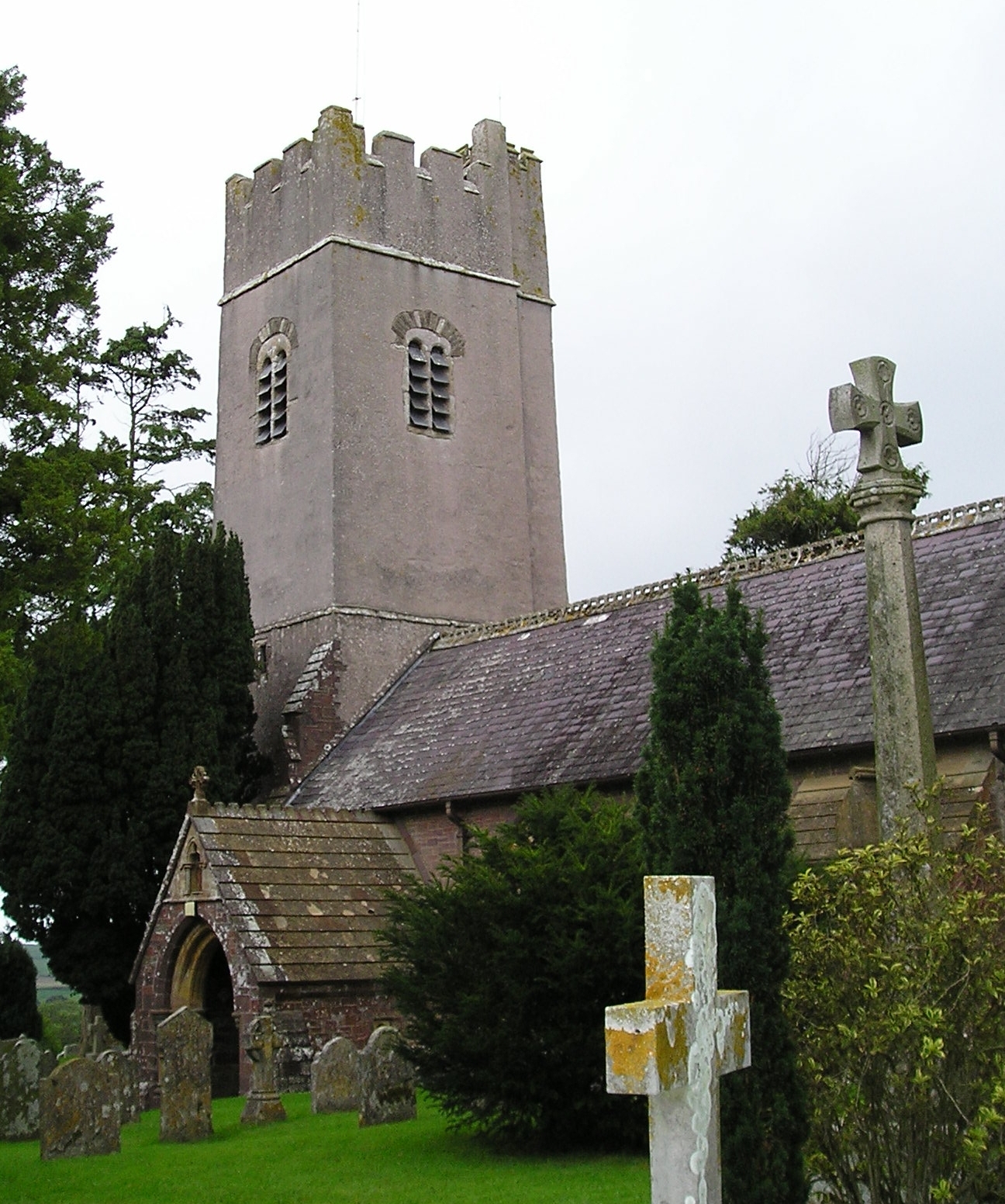The History of St Olaves - A Victorian Pleasure Garden
This provides a summary of the development of the house and gardens at St Olaves since the 1860s. Some of the C19 owners were real characters and deserve a book in their own right.
Many thanks to Colin Burbidge for uncovering much of the information here, and to Michael and Judy Moss for informative conversations about their extensive work on the history of the area
Having acquired St Olaves from the Rev. John Ingle in 1877 there is no evidence that the Rev. William Tucker Arundel Radford actually lived there. Instead, he relied on Ingle’s former bailiff, James Lee, and his wife Mary, to look after the property.
On his death in July 1896 all Radford’s estate, including his properties, valued at almost £10,000 net at probate, passed to his son, also named William Tucker Arundel Radford (1861-1915).
The St Olaves estate then passed into the hands of the wealthy Sutton family and became their rural retreat from London




In June 1868 the Rev. John Ingle (1823-1901) purchased 2 adjoining parcels of land in Murchington, a hamlet lying on the edge of the sprawling Dartmoor parish of Throwleigh, at a cost of £1900. Together these parcels, being ‘Dickers Tenement’ and ‘Dodds Farm,’ represented some 50 acres of woodland, coppice and valuable water meadows, together with a range of farm buildings and cottages. He renamed the property ‘St Olaves’ after his own medieval parish church on Fore Street, Exeter.